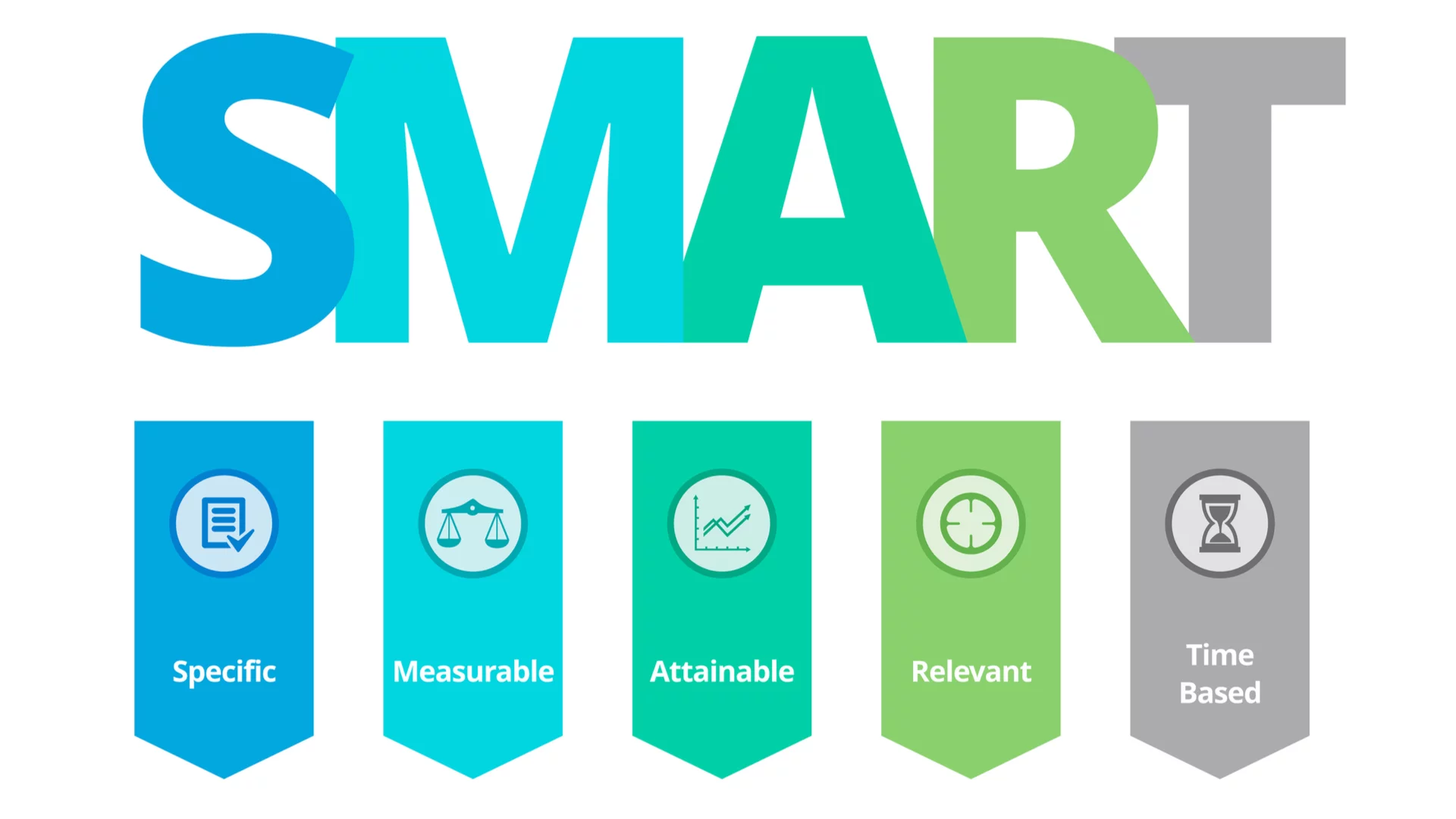
A SMART construction business equipped with smart construction tools and equipment combined with smart technology creates a solid platform for workers, managers and owners to build their business success.
In fact, from construction companies to courier services, any business can surpass their competition by combining progressive management methods with leading edge developments in applied artificial intelligence or AI.
Plan Your Work, Work Your Technology
All work runs straighter, quicker and easier when it follows a well-designed master plan. Tools and equipment with smart location tracking tags are where they need to be when they need to be there.
They are monitored in real time to keep them operating at maximum productivity. The people on your team who make it happen, in the field and in the office, all have identical up-to-date information and open, transparent communications to keep the work flowing smoothly.
The results produced by a system like this add more value to everybody in the business value chain, from the customer to the business owner to the greenest technical apprentice.
SMART is the FLA (five letter acronym) for a process used to set goals, monitor performance, make decisions, and develop project plans.
Most commonly known as a business management system first introduced in 1981 by George T. Doran, SMART became popular especially in connection with Peter Drucker’s famous management theories.
Here’s a quick breakdown of what the SMART acronym spells out.
● Specific
- focus exclusively on one concrete detail (goal, outcome, idea, objective, task)
● Measurable
- there must be a set standard to evaluate the size or scope of the detail
- “what gets measured gets done”
● Achievable
- should represent a shared vision of an expected outcome
- the range of proven performance standards
● Relevant
- has a meaningful connection to the greater good
- moves the team or individual toward mission success
● Time-bound
- a due date, end-point, or set time span
The SMART system can be very useful in laying out a practical project plan to produce a detailed schedule and process for tracking progress.
The scenario of a construction company incorporating a technological advancement offers a useful example. It might produce a SMART project objective that sounds like this:
“Over the next three months, introduce and integrate a new time and equipment tracking software system to eliminate duplication of reporting and produce 100% accuracy in real-time labor cost assessments.”
This sets a business up to be specific, focused on a jobsite function with a software solution. It is measurable in terms of zero duplication and 100% accuracy. It is achievable because technology solutions are available from basic level apps and software to advanced, completely integrated software systems. Eliminating duplication and ensuring accurate job costing are both highly relevant in generating consistent profits. And the three-month window puts a time-bound endpoint firmly in place.
SMART Projects and Jobsites Almost Complete Themselves
SMART management is still widely practiced. Its most common current applications are in planning and development. And that’s how construction businesses can use the system to their greatest advantage. In the example above, by working out specific comparisons of software features and prices, and by deciding which benefits matter most in meeting the measured objective, the SMART planning structure serves as a checklist to help see the project through to completion.
When the project is complete (or at stages along the way, or continuously, depending on what’s determined up front), a follow-up analysis and review of the project is easy to process. Information and analysis are produced by the workers and supervisors as they go through each task of achieving the objective. All that data is ready to be extracted when needed and can be analyzed for improving the process going forward.
The core idea is the focus of every single task in a project. The focus is on tracking all relevant data, on all human and machine assets involved in the task, and gathering all that information into a pool that feeds the entire business structure. From there, everyone in the business value chain can benefit from the contents of the data pool.
Everybody Knows, Everybody Wins
From customers to jobsite supervisors and from billing and invoicing to payroll and cost estimating, everybody who should know does know. Everybody who should see does see. And anybody who wants a real-time update, gets an update.
On job sites, you can eliminate the typical multitasking and task-switching that happens when projects run on a “what’s next” or “where’s the fire today” basis. Instead, with an automated project, equipment assets and time tracking system integrating workflows into one focused plan to stay on task and on time, productivity and profitability soar.
From smart ladders equipped with sensors and alarms to warn of incorrect placement to heavy equipment that monitors its own maintenance schedule, these are just a couple of examples of smart tool technology in use on the jobsite of today. It provides a simple proof of the point of this article.
“The convergence of construction science and computer science has already happened, and the construction industry is at an inflection point.” Combining progressive technology adoption with a progressive, SMART approach to management and planning can give organizations a powerful competitive edge in the modern construction marketplace.











